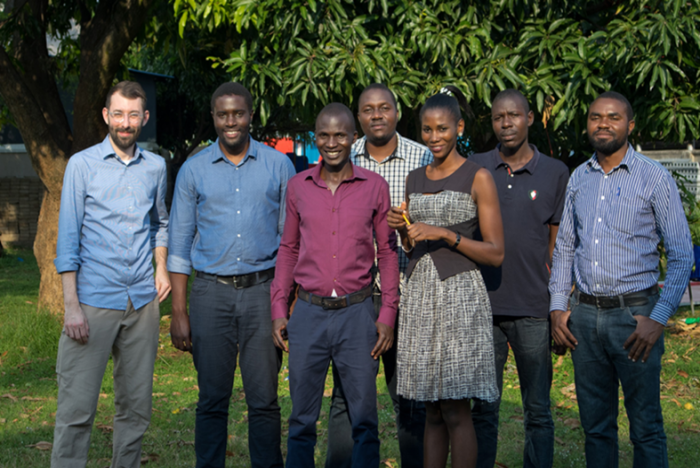Imaging technology: A bridge between space and medicine
Performance is crucial for technology in many fields, including space and medicine. So, when advances are made in imaging technology for space, it presents opportunities for applications in the medical field, and vice versa. Belgian SME Caeleste has been at the forefront of this evolution in recent years, to the benefit of both sectors.
Verhaert, ESA Technology Transfer Network Broker, has worked with Caeleste since 2014, initially publishing a Technology Description of Caeleste’s work on the ESA Space Solutions database. Verheart later supported Caeleste in its successful submission to take part in an ESA Demonstrator Project, initiated by the Technology Transfer and Patent Office, in which Caeleste derived and tested a specific radiation hardness pixel and sensor for a client, based on its work for space applications.
The expertise Caeleste gained from engaging in multiple ESA projects significantly contributed to the company’s competence and enabled the team to apply their new-found knowledge in a variety of innovative medical applications.
Space technology for medical applications
Caeleste specialises in the custom design and manufacturing of Complementary Metal–Oxide–Semiconductor (CMOS) image sensors. CMOS is an onboard, battery powered semiconductor chip that stores information. One area Caeleste has focused on is the development of “radiation hard” pixels for such sensors driven by the needs of space missions and medical X-rays. They are also used in particle physics applications including particle detectors. Space and medical applications now each account for around one-third of the company’s activities. Its partners are world-class leaders in their respective domains, such as top tier medical companies and space agencies including the European Southern Observatory (ESO), ESA and others outside of Europe.
Space can be considered as ‘empty’ or effectively a deep vacuum, but it is not a benign environment. Instead, it is permeated with high-energy electromagnetic and particle radiation. This radiation is harmful to humans and also destroys electronic devices, due to either ‘total dose’ or ‘single event’ effects.
Caeleste has developed a way of designing electronics to be resilient to the effects of such radiation, known as ‘rad-hard’. Following many cycles of innovation, its image sensors and readout integrated circuit (ROIC) designs have been proven in space missions and are now being deployed in the medical domain.
X-rays are used in the most common forms of medical imaging, including dentistry. Working with Carestream Dental, Caeleste developed a new generation of X-ray sensors for 3D reconstruction in dental imaging, a process known as computed tomography.
Unlike regular cameras, no lenses are used in X-ray imaging. Consequently, the size of an image sensor must match the size of the target area, in this case the lower jaw area of the patient. Caeleste’s IP and experience in the space domain made it possible to produce wafer scale devices of this size with a high production yield and simultaneous rad-hardness.

In another collaboration, Caeleste’s expertise in low noise charge sensing circuits, originally acquired in the development of deep cryogenic ROICs for long wavelength infrared imaging, led it to work with Californian medical technology start-up Paradromics. The collaboration led to a fundamental shift in the field of brain computer interfaces with the development of a sensor that allows electrodes to be implanted into the brain at higher density than previously possible without causing thermal damage to the neural tissue. In addition, the sensor successfully deals with an extremely challenging noise requirement to be able to read the neuron potentials.
Solutions of this type cannot be purchased off the shelf but instead need to be developed by a team with the expertise and confidence to pursue challenging goals. This is where craftsmanship and passion for finding technological solutions were crucial for the project’s success.

Providing solutions from a system-based perspective
Sensors have to be designed to complement the overall system. Often that system benefits from being optimised as its design impacts the amount and nature of image processing, on-chip, within the system and downstream. Design choices will need to take account of any operational requirements such as low noise, low power, high speed and/or high or cryogenic temperatures. Caeleste’s know-how and IP enables it to balance these requirements and design sensors for a variety of medical applications such as ophthalmology, dental and mammographic imaging.
About the Technology Transfer and Patent Office
The TTPO's funding for demonstration activities aim at proving the relevance of transferring a given technology or know-how into the non-space context, reducing the technical risk and confirming the market opportunity. An annual open call invites the submission of proposals from industry for Feasibility Studies, Proof of Concepts and Demonstrators. These have been designed as a funnel of activities, de-risking the activities on a step-by-step basis. More information can be found here.
About ESA Space Solutions
ESA Space Solutions is the go-to-place for great business ideas involving space in all areas of society and economy. Our mission is to support entrepreneurs in Europe in the development of business using satellite applications and space technology to improve everyday life. Funding typically ranges from 50KEuro to 2MEuro and supports everything from early stage incubation programs, feasibility studies to large-scale demonstration projects.
CGI Deutschland B.V. & Co. KG
Leinfelder Straße 60
70771 Leinfelden-Echterdingen
Germany
SES Networks
Château de Betzdorf
86815 Betzdorf
Luxembourg
Rohill
Edisonstraat 12
7903 AN Hoogeveen
Netherlands
Belgian Civil Protection
Rue de Louvain 1
1000 Bruxelles
Belgium
Space Norway
Drammensveien 165 Box 66 Skøyen
0277 Oslo
Norway



